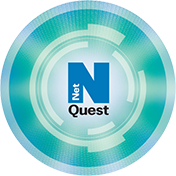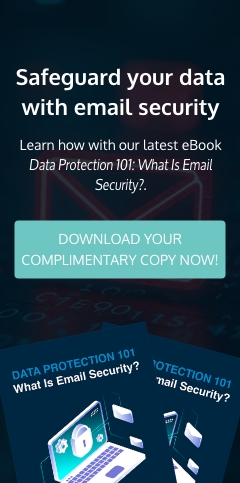With the increased use of mobile devices for work, businesses can no longer take a relaxed attitude toward personal devices on their network. They need to manage these devices because of the security risks they pose and the amount of company data that they may contain.
Mobile device management (MDM) is a ready solution for this, allowing businesses to manage even thousands of mobile devices. Previously limited to managing individual devices, an organization can now remotely configure profiles, install updates, wipe stolen or lost devices, deploy apps, and more on several devices when needed.
This application is ideal for any organization with a bring your own device (BYOD) policy, as it will separate the organization’s data from personal data on the same device. And for company-owned devices such as mobile phones and dedicated devices, it will automate configuration, speeding up the setup of these devices significantly.
What makes a good MDM?
There are many MDMs in the market, but not all are created equal. If your organization needs one, here are a few good qualities to consider:
- A good MDM solution is preferably cloud-based to avoid any network and infrastructure issues that can happen with an on-premises system. Being cloud-based also offers accessibility from anywhere there’s an internet connection.
- It should also be scalable to cope with an increased number of devices in an organization.
- It should also be secure. All data should be encrypted, whether at rest or in transit. Restrictions should be part of the MDM features available in every device.
- If your organization prefers using a specific ecosystem of devices, then choose an MDM dedicated solely to managing that ecosystem, whether it’s an Apple, Windows, or Google platform.
Some tips for MDM implementation
Getting MDM implementation to succeed will require your organization to develop a strategic plan for deployment and implementation. To do so, it’s imperative to thoroughly learn a new MDM, its capabilities, and the specific functions and offerings useful for your organization.
An MDM should support the way people work, rather than hinder it. Therefore, it’s never advisable to simply implement the default version of an MDM. Understand how your employees work, what devices they use, and what risks they face. Then determine how an MDM will affect them and their work.
Before implementing an MDM, identify your organization’s goals and requirements. This includes how your organization will use mobile devices in the working environment today and in the future. Also, decide if personal devices will be given access to the organization’s data or not.
All stakeholders should agree on the policies of MDM implementation. IT, HR, executives, and regular employees should be given a voice in policy-making.
Revocation is another essential aspect of MDM implementation to consider. Find out how an MDM will protect your organization’s data in case employees have a significant amount of it accessible via their mobile devices. One way to do so is to segregate the company’s apps and data into their own secure space within the device, a technique called containerization. Many Android devices have built-in containerization, while iOS devices will require configuration from an MDM.
Considering an MDM for your company in Baltimore, Annapolis, or Towson? Our experts at NetQuest offers IT Outsourcing and Virtual Chief Information Officer (vCIO) services that streamline your technology with strategic planning and expert execution. They can help you choose and implement the right MDM solution to protect your company’s data on your employees' devices, as well as automate processes to support your mobile device policies. Find out more about how NetQuest can help.
Like This Article?
Sign up below and once a month we'll send you a roundup of our most popular posts


